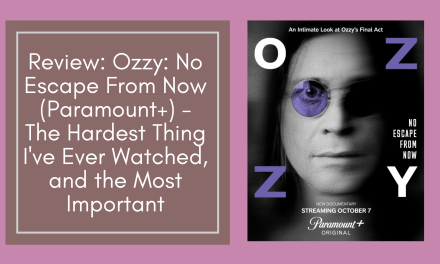As someone who has spent over a decade in cyber security and cyberpsychology, I’ve witnessed firsthand how sophisticated digital manipulation has become. Social media platforms don’t just collect our data; they study our emotional patterns, vulnerabilities, and psychological triggers to influence our purchasing decisions. Understanding this landscape is the first step toward protecting ourselves.
The Psychology Behind Emotional Targeting
Social media algorithms are designed to identify when we’re most vulnerable. They analyse our posting patterns, engagement behaviours, and even the time we spend scrolling to determine our emotional state. Feeling insecure? The algorithm might show you beauty product ads promising transformation. Stressed? You’ll see ads for quick-fix solutions. This isn’t coincidence – it’s calculated emotional manipulation.
Practical Steps to Protect Yourself
Privacy Settings and Data Control
Review your advertising preferences regularly. Most platforms allow you to see why you’re being shown specific ads and limit certain types of targeting:
- On Facebook/Meta: Go to Settings & Privacy > Settings > Ads > Ad Preferences
- On Instagram: Settings > Ads > Ad Interests
- On Twitter/X: Settings > Privacy and Safety > Ads Preferences
- On TikTok: Settings > Privacy > Ads personalization
Limit data sharing by turning off location services for social media apps, restricting access to your contacts, and reviewing which third-party apps have access to your accounts.
Cookie Management
While declining cookies can help, it’s not a complete solution. Many platforms use “fingerprinting” techniques that don’t rely on cookies. However, you should still:
- Use browsers with enhanced privacy features (Firefox, Safari, or Brave)
- Install ad blockers and tracking protection extensions
- Regularly clear your cookies and browsing data
- Consider using private/incognito browsing for social media
Building Emotional Resilience
Create awareness buffers. Before making any purchase prompted by a social media ad, implement a 24-48 hour cooling-off period. Ask yourself: “Am I buying this because I genuinely need it, or because I’m feeling vulnerable right now?”
Diversify your content diet. Actively seek out accounts that promote body positivity, financial literacy, and mental health awareness. This helps counteract the constant stream of products promising to “fix” perceived problems.
Practice mindful scrolling. Set specific times for social media use rather than mindless scrolling, which makes you more susceptible to emotional manipulation.
Advanced Protection Strategies
Technical Defences
- Use VPNs to mask your location and IP address
- Consider using separate browsers or browser profiles for shopping versus social media
- Regularly audit and remove apps connected to your social media accounts
- Turn off facial recognition features where available
Psychological Defences
- Recognize that your worth isn’t determined by your appearance, possessions, or lifestyle
- Remember that social media presents curated, often unrealistic portrayals of life
- Develop critical thinking skills around advertising claims
- Seek support from friends, family, or professionals when feeling particularly vulnerable
The Bigger Picture
As someone who advocates for mental health in the tech industry and has experienced my own journey with being #OpenlyNeurodivergent, I understand that vulnerability isn’t a weakness, it’s human. The problem isn’t that we have insecurities; it’s these insecurities that platforms exploit for profit.
We need stronger regulations around emotional targeting, similar to the protections we have for children’s advertising. Until then, individual awareness and action remain our best defence.
Key Takeaways
- Understand the game: Social media platforms profit from emotional manipulation
- Use technical tools: Adjust privacy settings, use ad blockers, and manage cookies
- Build psychological barriers: Implement waiting periods and practice mindful consumption
- Seek support: Don’t navigate these challenges alone
- Stay informed: Keep up with new privacy tools and platform changes
Remember, protecting yourself from emotional targeting isn’t about becoming paranoid or disconnecting entirely. It’s about taking back control of your digital experience and making conscious choices rather than being manipulated into making impulse purchases during vulnerable moments. If we are mindful about these tactics and implement protective measures, we can enjoy the benefits of social media while safeguarding our mental health and financial wellbeing.

























